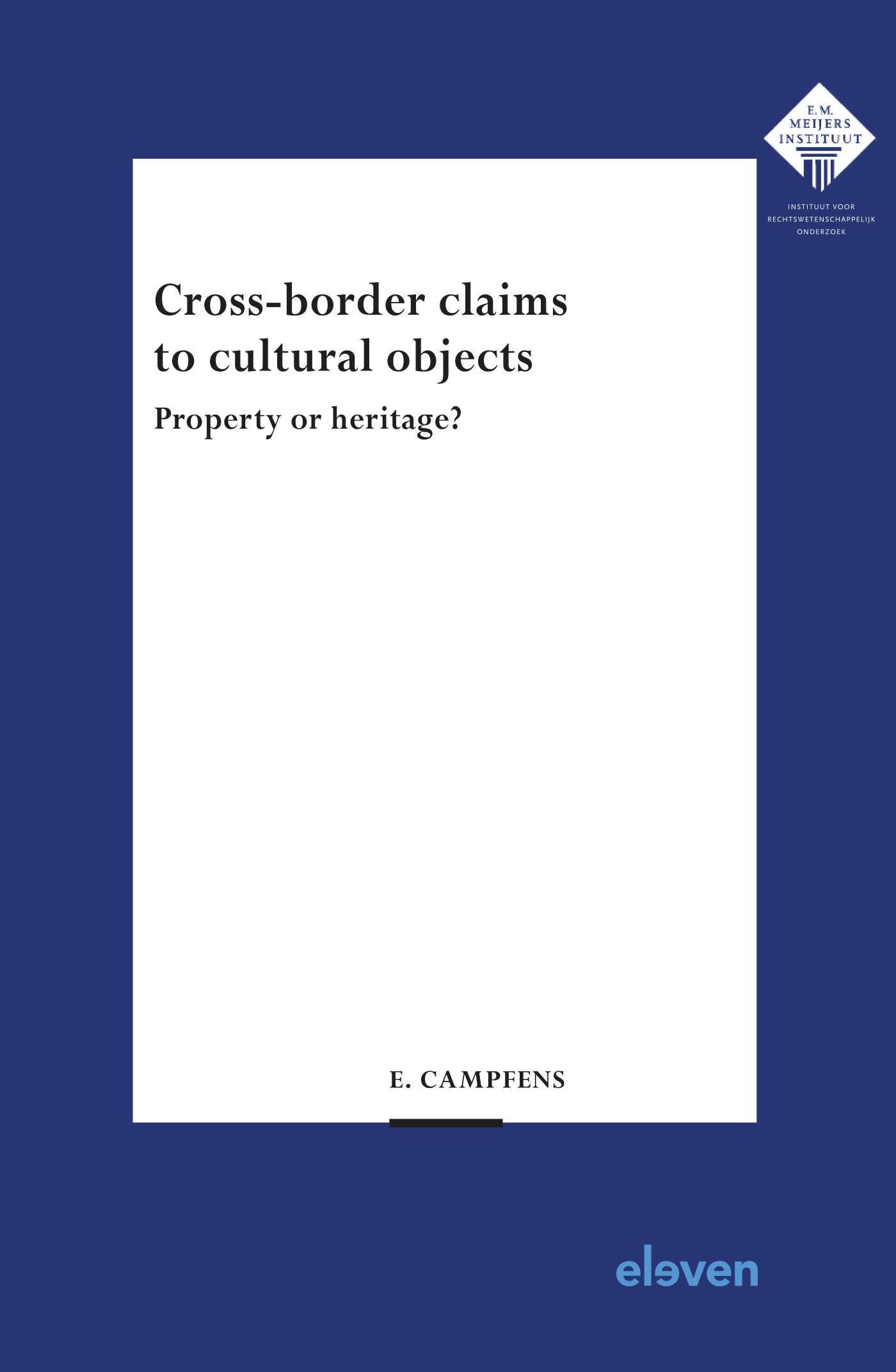Binding : Paperback
Distributievorm : Boek (print, druk)
Formaat :
158mm x 242mm
Aantal pagina's :
304
Uitgeverij :
Boom uitgevers Den Haag
ISBN :
9789462362505
Datum publicatie : 10-2021

€ 69,50
ePUB ebook
niet beschikbaar
PDF ebook
niet beschikbaar
€ 69,50
niet beschikbaar
niet beschikbaar
0-1 werkdagen
Veilig betalen 

14 dagen bedenktermijn

